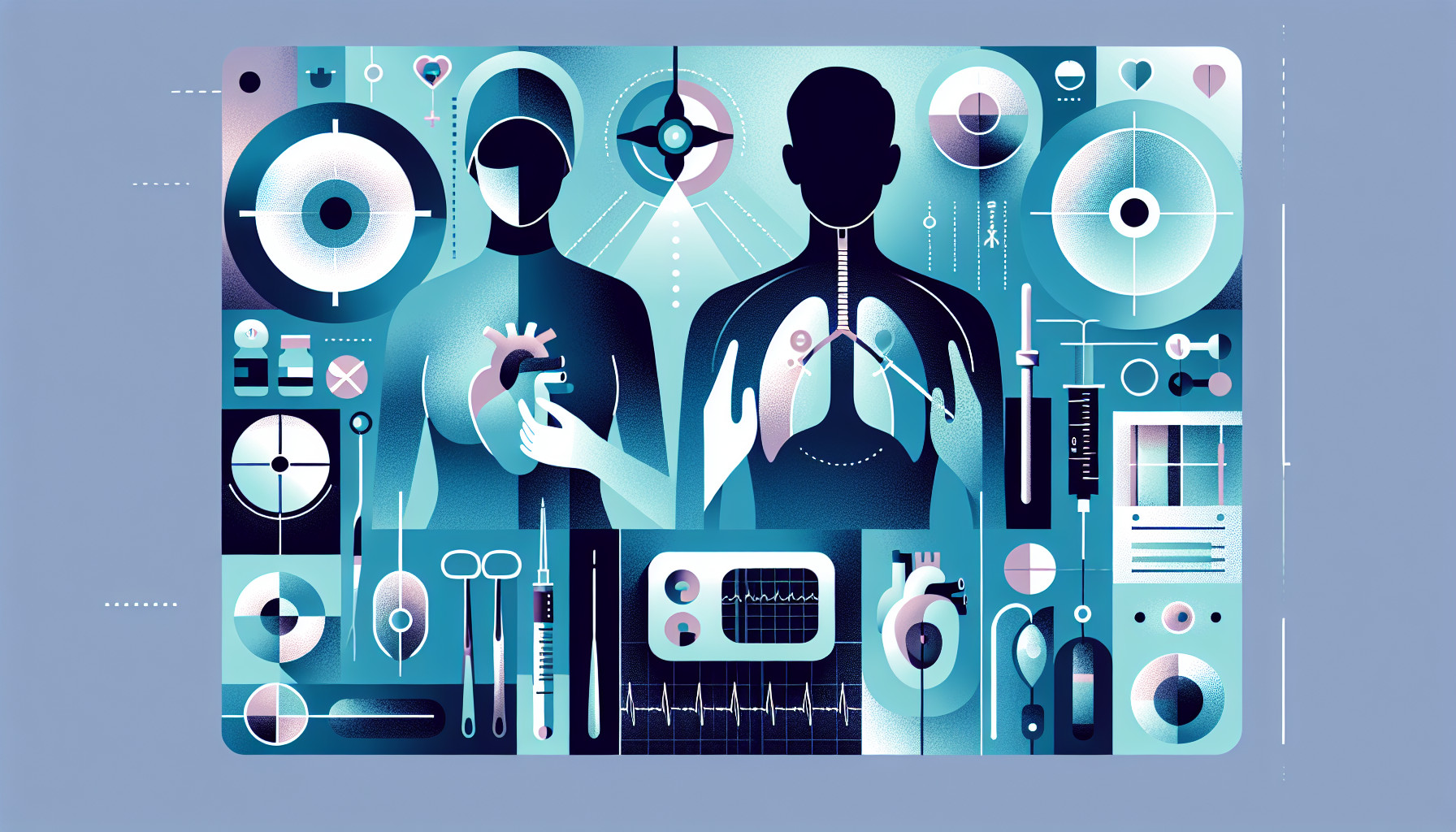Our Summary
This study is about the use of robotic surgery in the field of cardiothoracic (heart and lung) surgery, and whether trainee surgeons are getting enough exposure to this technology during their training. The researchers conducted a survey involving surgeons from 90.8% of cardiothoracic surgery training programs in the United States.
They found that most lung surgeries (55%) were performed using robotic technology. However, only half of the training programs had a formal training curriculum for robotic surgery. As for the trainees, nearly all of those specializing in thoracic (lung) surgery used robotic surgery in their practice, while only about half of those specializing in cardiothoracic (heart and lung) surgery, and a mere 10.1% of those specializing in cardiac (heart) surgery did so.
The researchers found that having an established robotic training curriculum and being part of a larger training program increased the likelihood of trainees adopting robotic surgery in their practice.
They concluded that there is a significant difference in the amount of training in robotic surgery among different programs. They suggested that a standardized curriculum and formal case requirements might be necessary to ensure that future graduates are well-prepared to use this technology.
FAQs
- What percentage of cardiothoracic surgery training programs in the U.S. were involved in the study on the use of robotic surgery?
- What is the current state of exposure of trainee surgeons to robotic technology in their training programs?
- What recommendations did the researchers make to ensure future graduates are well-prepared to use robotic technology in cardiothoracic surgery?
Doctor’s Tip
A helpful tip a doctor might tell a patient about thoracic surgery is to make sure they follow their post-operative care instructions carefully. This can include things like taking medications as prescribed, attending follow-up appointments, and avoiding strenuous activities until cleared by their surgeon. Proper care and adherence to instructions can help ensure a successful recovery and optimal outcomes following thoracic surgery.
Suitable For
Patients who may be recommended for thoracic surgery include those with conditions such as lung cancer, esophageal cancer, lung infections, emphysema, pleural effusion, chest wall deformities, and thoracic outlet syndrome. Additionally, patients with certain heart conditions such as atrial septal defects or ventricular septal defects may also be recommended for thoracic surgery. It is important for patients to consult with their healthcare provider to determine if thoracic surgery is the best treatment option for their specific condition.
Timeline
Before thoracic surgery:
- Patient is referred to a cardiothoracic surgeon for evaluation and consultation.
- Patient undergoes pre-operative tests and imaging to assess their overall health and the condition of their lungs and heart.
- A treatment plan is discussed with the patient, which may include surgery as an option.
- Patient is educated about the procedure, risks, benefits, and post-operative care.
After thoracic surgery:
- Patient undergoes the thoracic surgery procedure, which may be performed using robotic technology in some cases.
- Patient is monitored closely in the recovery room and then transferred to a hospital room for further recovery.
- Patient may experience pain, discomfort, and fatigue in the days following surgery.
- Patient is encouraged to start moving and walking as soon as possible to aid in recovery.
- Patient may undergo physical therapy to regain strength and function in the chest and lungs.
- Patient is discharged from the hospital once they are stable and able to care for themselves at home.
- Patient follows up with their surgeon for post-operative appointments and monitoring of their progress.
What to Ask Your Doctor
Some questions a patient should ask their doctor about thoracic surgery include:
- Are you experienced in performing robotic thoracic surgery?
- What are the potential benefits of robotic surgery compared to traditional surgery for my specific condition?
- What are the potential risks and complications associated with robotic thoracic surgery?
- What is the success rate of robotic thoracic surgery for my condition?
- How long is the recovery time for robotic thoracic surgery compared to traditional surgery?
- Will I need any additional tests or evaluations before undergoing robotic thoracic surgery?
- What is the cost difference between robotic thoracic surgery and traditional surgery?
- How many robotic thoracic surgeries have you performed, and what is your success rate?
- Are there any specific qualifications or certifications that a surgeon should have to perform robotic thoracic surgery?
- Can you explain the steps involved in the robotic thoracic surgery procedure and what I can expect during and after the surgery?
Reference
Authors: Kim SS, Mitzman B, Lui NS, Rochefort M, D’Souza D, Sancheti M, Manerikar A, Logan C, Yang S. Journal: Ann Thorac Surg. 2024 Nov;118(5):1154-1160. doi: 10.1016/j.athoracsur.2024.07.016. Epub 2024 Jul 25. PMID: 39067629
